The Allure of Metallic Singapore: A Fusion of Modernity and Heritage
Singapore, often referred to as the "Lion City," has transformed itself into a global metropolis renowned for its stunning architecture, economic prowess, and cultural diversity. Among its most distinctive features is what urban planners and architects call "Metallic Singapore" – the city's remarkable integration of metallic elements in its built environment, creating a unique aesthetic that blends futuristic design with traditional elements. This metallic transformation represents not just an architectural choice but a symbolic representation of Singapore's journey from a modest trading port to a cutting-edge global city.
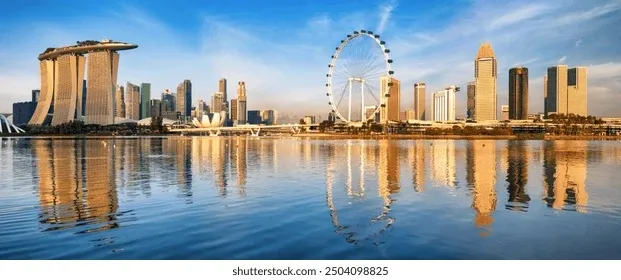
Historical Evolution of Metallic Architecture in Singapore
The development of metallic elements in Singapore's architecture follows the city-state's remarkable economic growth. In the early post-independence years, Singapore's buildings were primarily functional and pragmatic, with limited use of metallic features beyond basic structural requirements. However, as Singapore's economy flourished from the 1980s onward, architects began experimenting with more ambitious designs incorporating significant metallic elements.
The turn of the millennium marked a pivotal moment for metallic architecture in Singapore. The construction of iconic landmarks like the Esplanade Theatres, with its distinctive metallic cladding resembling durian spines, signaled a new era of architectural daring. This was followed by even more ambitious projects that pushed the boundaries of design and engineering, establishing Singapore as a global leader in metallic architecture.
Key Periods in Singapore's Metallic Architecture Development
| Time Period | Architectural Characteristics | Notable Examples |
|---|---|---|
| 1960s-1970s | Limited metallic elements, primarily functional | Old National Library, Pearl Bank Apartments |
| 1980s-1990s | Increased use of metallic facades and accents | OCBC Centre, UOB Plaza |
| 2000-2010 | Experimental metallic structures and cladding | Esplanade Theatres, Singapore Flyer |
| 2010-Present | Integrated sustainable metallic design | Marina Bay Sands, Jewel Changi Airport |
Iconic Metallic Structures Defining Singapore's Skyline
Singapore's skyline tells a story of architectural innovation through its metallic landmarks. These structures not only serve practical purposes but have become symbols of Singapore's ambition and forward-thinking ethos.
Marina Bay Sands
Perhaps the most recognizable metallic structure in Singapore, Marina Bay Sands exemplifies the bold use of metal in contemporary architecture. Its three towers connected by a metallic sky park create an unforgettable silhouette against Singapore's skyline. The extensive use of stainless steel and aluminum in its construction provides both aesthetic appeal and functional benefits, including weather resistance and thermal performance suited to Singapore's tropical climate.
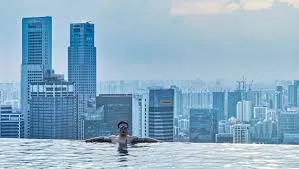
Jewel Changi Airport
Jewel Changi represents a more organic approach to metallic architecture. Its dome-shaped structure features a intricate lattice of steel and glass, creating the world's tallest indoor waterfall surrounded by a lush forest. The metallic framework supports the massive glass panels while allowing natural light to flood the interior, demonstrating how metal can be used to create harmonious spaces that connect people with nature.
Esplanade Theatres
Affectionately known as "The Durians" due to their spiky aluminum sunshades, the Esplanade Theatres showcase how metallic elements can serve both aesthetic and functional purposes. The aluminum sunshades protect the interior from Singapore's intense tropical sun while creating a distinctive visual identity that has become iconic.
The Engineering Marvel Behind Metallic Singapore
The proliferation of metallic structures in Singapore represents significant engineering achievements, particularly considering the environmental challenges posed by the tropical climate.
Material Innovation
Singapore's architects and engineers have pioneered the use of specialized metallic alloys designed to withstand high humidity, intense sunlight, and corrosive marine air. These materials often include:
- Stainless steel alloys with enhanced corrosion resistance
- Aluminum composites with protective coatings
- Titanium elements for critical structural components
- Specialized metallic paints and finishes that resist fading
Thermal Management
One of the critical challenges of metallic architecture in tropical climates is heat management. Singapore's engineers have developed innovative solutions including:
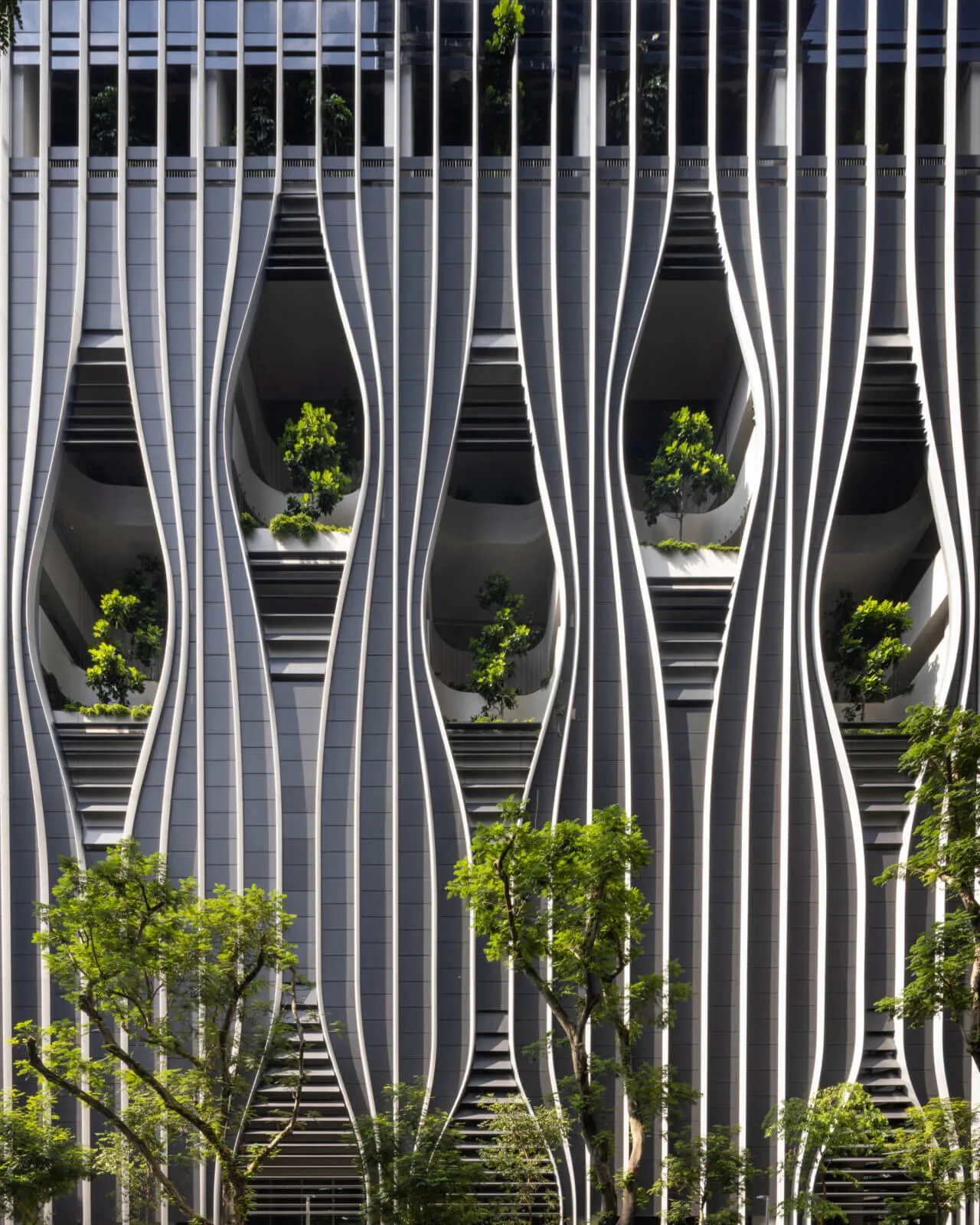
| Technology | Function | Implementation Examples |
|---|---|---|
| Ventilated Facades | Allows air circulation between metallic surface and building | CapitaGreen, PARKROYAL on Pickering |
| Reflective Coatings | Reduces heat absorption by metallic surfaces | Asia Square, Marina One |
| Integrated Shading | Metallic elements designed to block direct sunlight | Esplanade Theatres, National Gallery Singapore |
Sustainability and Metallic Architecture
Contrary to assumptions about the environmental impact of metal production, Singapore's metallic architecture has increasingly embraced sustainable principles through innovative approaches:
Recycled Content
Many new metallic structures in Singapore incorporate significant percentages of recycled metal content, reducing the environmental footprint of construction. The Singapore Green Building Council encourages this practice through its certification system, which awards points for using recycled materials.
Energy Efficiency
The reflective properties of metallic surfaces are harnessed to improve energy efficiency. When properly designed, metallic facades can reduce heat gain, lowering cooling costs—a significant consideration in Singapore's perpetual summer climate.
Longevity and Adaptability
Metallic structures often have longer lifespans than those built with other materials, and their components can be more easily disassembled and repurposed. This aligns with Singapore's emphasis on sustainable development and efficient land use.
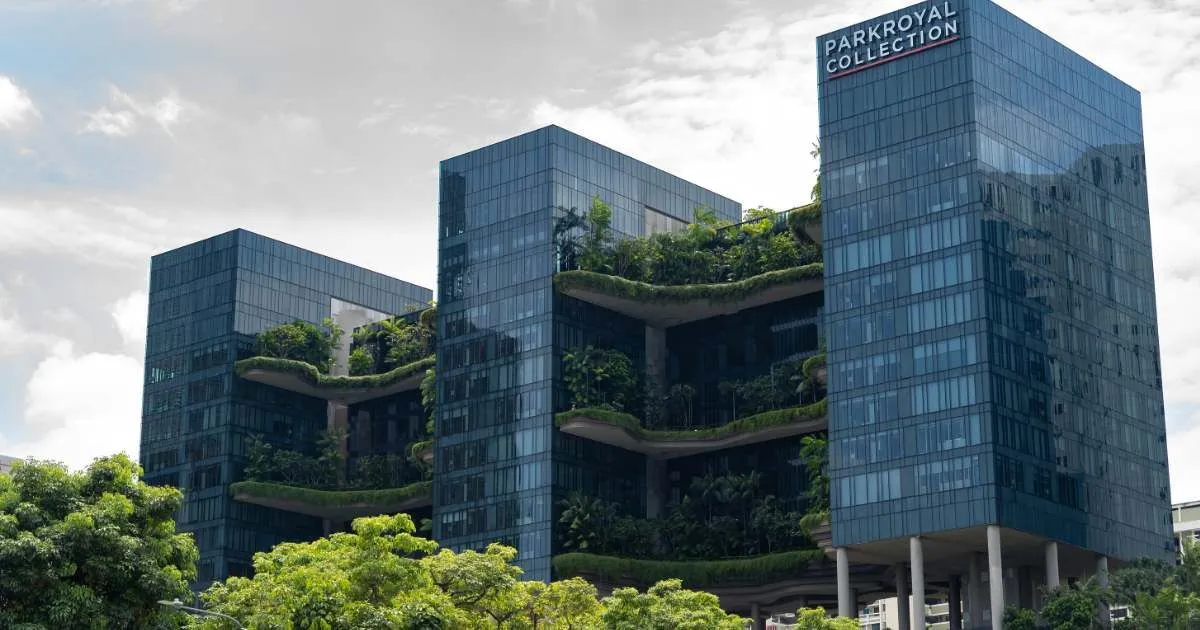
Cultural Significance of Metallic Elements in Singapore
Beyond their physical presence, metallic elements in Singapore's architecture carry cultural meanings that reflect the nation's values and aspirations.
Symbolism of Progress
The gleaming metallic towers that dominate Singapore's business districts symbolize the nation's remarkable economic progress and technological advancement. They represent Singapore's transformation from third-world to first-world status within a single generation.
Fusion of Traditions
Many architects consciously incorporate metallic elements in ways that reference Singapore's multicultural heritage. For example, the metallic screens on some buildings echo traditional Asian lattice patterns, creating a dialogue between past and present.
National Identity
Metallic architecture has become part of Singapore's national identity, featuring prominently in tourism campaigns and representing the nation on the global stage. These structures project an image of stability, innovation, and forward-thinking that aligns with Singapore's brand as a global city.
Future Trends in Metallic Singapore
As Singapore continues to evolve, so too does its approach to metallic architecture. Several emerging trends suggest exciting directions for future development:
Smart Metallic Facades
The integration of technology with metallic building skins is an emerging frontier. Researchers in Singapore are developing "smart" metallic surfaces that can change properties in response to environmental conditions, potentially revolutionizing energy efficiency.
Biophilic Metallic Design
Future metallic architecture is likely to increasingly incorporate natural elements, creating what designers call "biophilic metallic design." This approach seeks to blend the sleekness of metal with the softness of nature, addressing criticisms of metallic environments as being too sterile or impersonal.
Advanced Manufacturing
Singapore is investing heavily in advanced manufacturing techniques like 3D metal printing, which could enable more complex and customized metallic architectural elements while reducing waste and construction time.
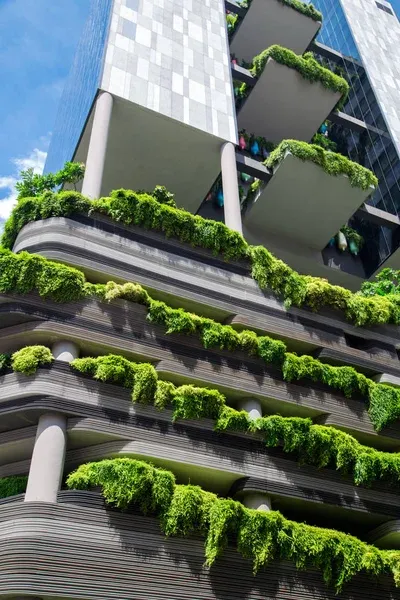
Conclusion: The Metallic City as Living Ecosystem
Metallic Singapore represents more than just a collection of shiny buildings—it embodies the nation's resilience, innovation, and ability to harmonize seemingly contradictory elements. The skillful integration of metallic components with green spaces, historical conservation, and cultural sensitivity creates a unique urban environment that is both futuristic and deeply human. As Singapore continues to develop, its metallic architecture will undoubtedly evolve, but it will always reflect the nation's core values of excellence, sustainability, and forward planning. The metallic gleam of Singapore's skyline continues to inspire architects and urban planners worldwide, demonstrating how metal can be transformed from cold, impersonal material into the very heart of a vibrant, living city.

